When you buy through links in our articles, Future and its syndication partners may earn a commission.
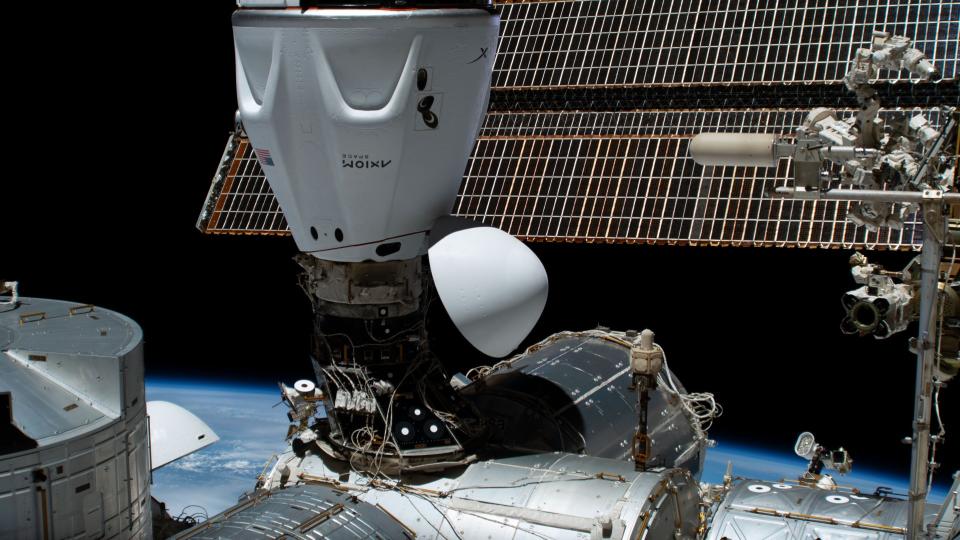
Time and again we are reminded by creaking sounds that the International Space Station is showing signs of age.
Loss of pressure in the Russian segment, loss of attitude control on two separate occasions in 2021. To remain safe and healthy for human occupants, the massive structure requires constant maintenance, a stream of replacement parts and upgrades to many of the station’s systems.
Construction of the International Space Station (ISS) began in November 1998. After a series of assembly flights, it was completed in July 2011. The ISS now weighs more than 900,000 pounds (408,233 kg) and spans the distance of a football field. It is the largest man-made structure in space. But in addition to being huge and aging, it is also expensive to maintain.
NASA’s transition
In 2021, NASA’s Office of Inspector General reported that of the $3 billion NASA spends annually on the ISS, $1.1 billion of that covers the annual operations and maintenance costs of the ISS.
Also in 2021, NASA signed a trio of funded Commercial Low Earth Orbit Destinations, or CLD, agreements. They are intended to support work on commercial space stations, outposts that NASA could “flight” from the ISS by the end of the decade.
“Transferring low-Earth orbit activities to the private sector will result in long-term efficiencies that will allow NASA to focus resources on other goals,” the space agency said.
And the winners are…
These three CLD agreements went to Blue Origin and Sierra Space Partnership (Orbital Reef); a joint venture between Voyager Space, Airbus, Mitsubishi Corporation and MDA Space (Starlab); and Northrop Grumman.
Last year, the number of CLD providers was reduced to two when Northrop withdrew from the agreement and opted to join the Voyager Space offering.
In addition to this funding, NASA has also awarded a contract to Axiom Space to develop a space station. Unlike the other CLD providers, Axiom’s plan calls for their station to first dock with the ISS and eventually detach so that they can operate independently.
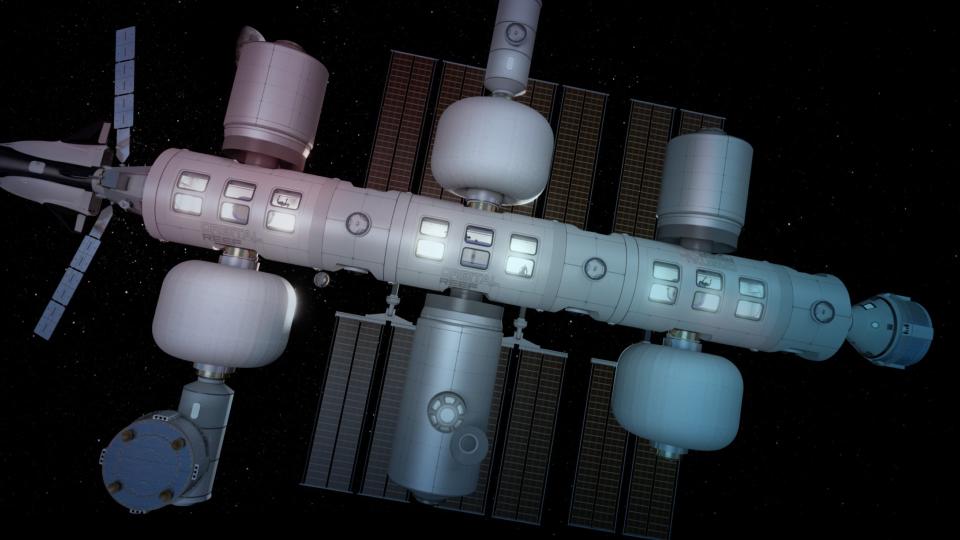

International competition
Against this backdrop, in February of this year, Congress held a hearing titled “ISS and Beyond: The Present and Future of American Low-Earth Activities.”
Legislator Brian Babin, chairman of the House of Representatives Subcommittee on Space and Aeronautics, stressed that the United States already faces international competition in the field of low Earth orbit (LEO).
“When ISS was built, it was the only facility of its kind. Today, the Chinese Communist Party operates a space station that has hosted Taikonauts in LEO since 2021, Babin stressed in an opening statement. In addition, China has also asked international partnerships to conduct research activities on their station, he said.
“If another space station is not operational by the time the ISS retires, the Chinese space station may be the only human-occupied space station that scientists can use for LEO research,” Babin said.
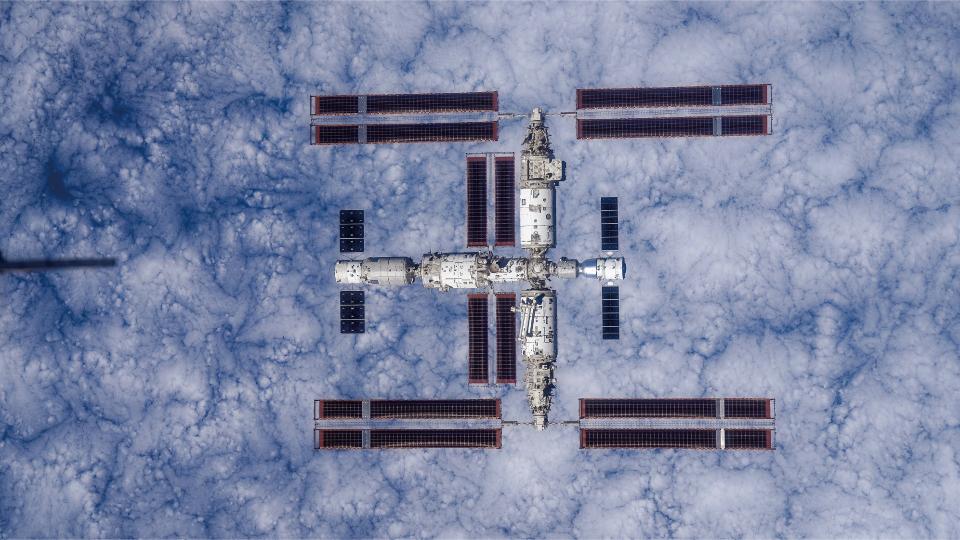

New chapter
“We are finally beginning a new chapter in our space exploration, that of private space stations in different orbits, with different objectives,” said Jeffrey Manber, President, International and Space Stations for Voyager Space.
The group’s Starlab Space LLC is a global joint venture between Voyager Space, Airbus, Mitsubishi Corporation and MDA Space. It is a “no assembly required” venture that will be launched into orbit via a SpaceX Starship.
Manber told Space.com that the motivation for Starlab is the end of the International Space Station (ISS), which is scheduled to depart from orbit in 2030.
“The ISS has been in orbit for more than two decades, well past its expected lifespan,” Manber said. “As great a space station as it has been, it is long past its prime and, like an old house, is increasingly in need of repairs.”
According to Manber, the creation of private space stations has been supported by NASA and the U.S. Congress, creating a path to ensure a robust and cost-effective low-Earth orbit space program.
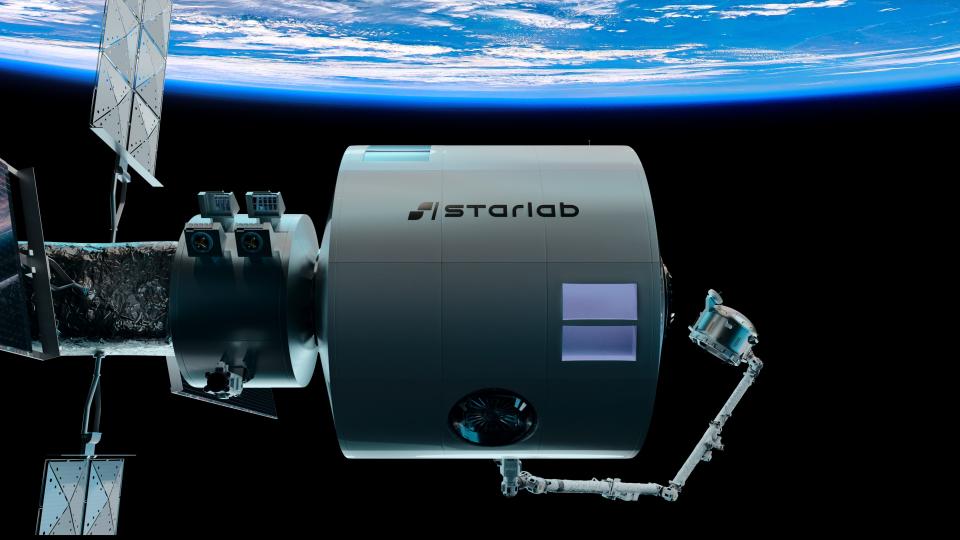

Customers Wanted
For that reason, NASA became a customer, and two companies — Northrop Grumman and SpaceX — were chosen to transport cargo. NASA did the same for crew, with the space agency now a customer of both SpaceX and Boeing’s Starliner to transport NASA astronauts.
“And now we’re entering the third chapter,” Manber said. “NASA and other space agencies will be customers for space stations.”
Voyager Space and its Starlab facility received the largest NASA funding of any team: $217 million.
“But of course we need more, not only to build Starlab, but also to continue operations,” Manber added.
“We need customers and our business model is to ensure that space agencies around the world feel confident sending their astronauts to Starlab for research, to train for longer missions or for production,” Manber said.
The stakes are enormous
One goal of the initiative was to create a truly international space station, this time commercial, Manber said. Starlab is not just an American venture. It is part European, part Japanese and part Canadian, he said.
“At Voyager Space and at Starlab, we are ready for NASA to down-select what we believe will be two teams to move forward,” Manber said. “The stakes are enormous.”
There is a realization on both sides, Manber continued, that there cannot be a space station gap, especially with the very capable Chinese Tiangong already in orbit with advanced research and an international list of customers.”
Manber said he knows there are skeptics who believe space stations can be made sustainable. But he also remembers skeptics of commercial cargo and later commercial crew. And those who fought to keep NASA’s space shuttle operational.
“I have no doubt that Starlab’s business model represents a sustainable path forward,” Manber concluded, “and one that can be a beacon of a new era of international commercial partnerships involving crews from a dozen spacefaring nations.”
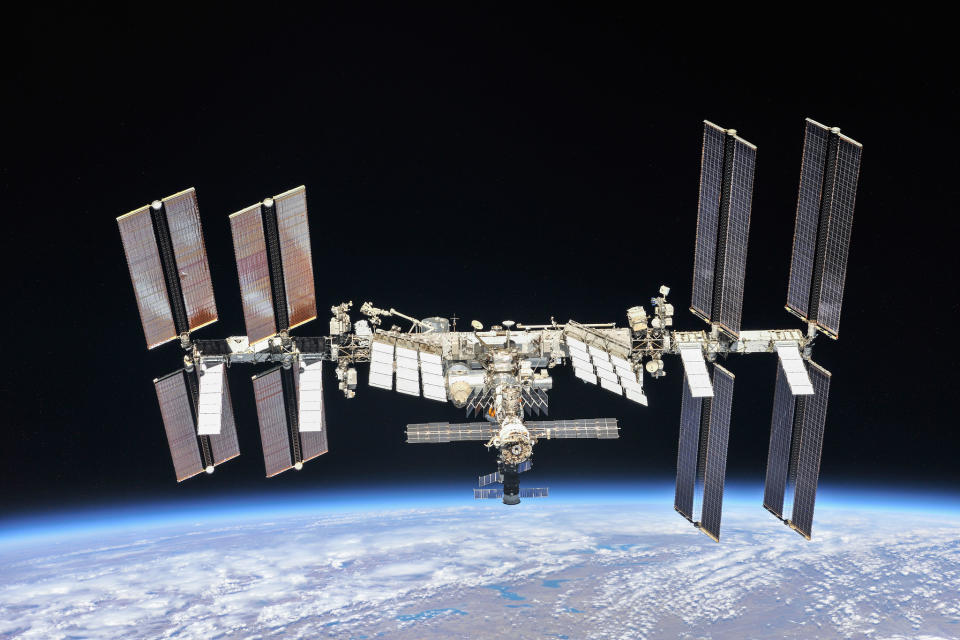

Challenges to come
NASA faces several budget challenges, notes Scott Pace, director of the Space Policy Institute at George Washington University, who served as deputy assistant to the president and executive secretary of the White House National Space Council from 2017 to 2020.
According to Pace, NASA faces a major budgetary challenge: financing the use of the ISS, developing private platforms, deorbiting the ISS and raising money for the space agency’s “reboot” of the moon through the Artemis plans.
“Congress has made it clear that it prioritizes the Artemis exploration missions. The ISS partners support the use of the ISS. NASA Administrator Nelson has requested additional emergency funding for a U.S. de-orbit vehicle,” Pace advised.
“Commercial platform developers are likely to need more funding than has been allocated to date,” Pace said. “So the question is how these competing demands will be addressed.”
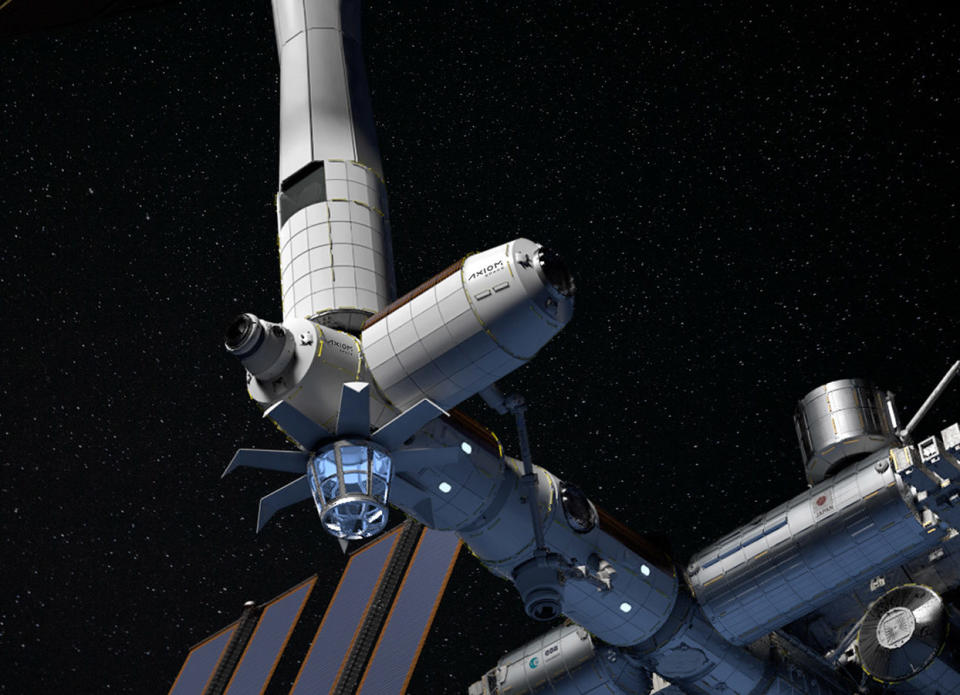

Vigilance in the field of safety
The U.S. has said it plans to keep the ISS operating until 2030, with Europe, Japan and Canada following suit, Pace said. Meanwhile, Russia has said it will only commit until 2028 and plans to deploy a separate Russian station, he said.
“However, these are plans and it is less clear whether the aging ISS can operate safely through 2030. All partners are exercising continued vigilance on safety,” Pace added.
Pace indicated that the United States is supporting the development of private, crewed platforms through milestone payment contracts in a manner similar to the development of commercial crew.
“However, the government requirements are less clear than they were for the commercial crew and cargo programs, and current payments – as a percentage of total development costs – appear to be much lower than was the case for commercial crew,” Pace said.
What is the killer app?
The key to “commercial” space stations is the market, said Marcia Smith, editor of the informational website SpacePolicyOnline.com.
“After 53 years in space stations, it’s still not clear what the market is,” Smith added. “The long wait for a ‘killer app’ that demonstrates the value of conducting research in microgravity continues.”
The Russians and SpaceX have shown that there is a market for space tourism, but how profitable it is – if it is profitable at all – is a mystery because the costs and prices are not disclosed,” Smith said.
Eye of the beholder
RELATED STORIES:
— SpaceX’s Starship to Launch Private Space Station ‘Starlab’ in Late 2020s
— Sierra Space Won’t Stop Inflating Inflatable Space Station Modules (Video)
— NASA awards another $100 million for private space stations
“It seems pretty clear that commercial space stations, like commercial cargo and commercial crew, are going to be dependent on the government for the foreseeable future to help pay not just for the initial investment but also for long-term services,” Smith said. “Whether that’s ‘commercial’ is up to the observer.”
According to Smith, the U.S. government clearly does not want to give up its position in low Earth orbit and does not want to leave China as the only country with a space station.
“It’s tempting to say that Congress and the administration — whoever the president is — will never allow a space station gap to occur. But then again, there was a gap between Apollo and the space shuttle, and between the shuttle and the commercial crew, so it’s not possible to say for sure,” Smith said.